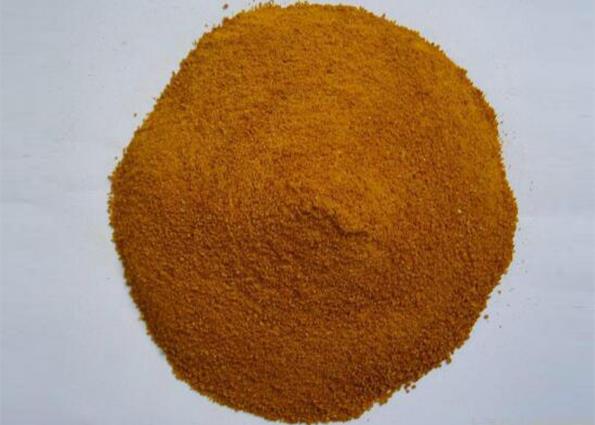
2020-05-19
In recent years, the development of green industry in ecological agriculture has long been popular, and it has also become a specific aspect of the modern agricultural industrial structure upgrading reform and innovation. What followed is the "no growth" of chemical fertilizers, weight loss materials and efficiency enhancement, and The advent of its organic fertilizers instead of chemical fertilizers has also triggered the transformation and development of "scientific fertilizers and green industries" in the field of modern agricultural resources. Under the development of this green industry, the company's product potassium fulvic acid appeared. Then there were problems Here we come again. How to choose the mineral source potassium fulvic acid and the biochemical potassium fulvic acid? The potassium fulvic acid manufacturer will give you a detailed introduction.
Distinguishing between biochemical potassium humate and mineral source potassium humate
1. In terms of production, the production of mineral source potassium fulvic acid is produced by the conversion of animal and plant residues through millions of years of soil microbial transformation, and mineral fulvic acid is a kind of small-molecule soil organic matter extraction material. Derived from lignite, this compound is the main component of humic acid, which can be used for agricultural economic development and soil remediation. Now, this biochemical enterprise product is made from sucrose, monosodium glutamate and waste paper.
2. The usage amount of mineral source potassium fulvic acid is only 1\/10 of the amount of biochemical potassium fulvic acid. Taking the bottom application as an example, the amount of mineral source per mu is 300-500g, and the biochemical amount is greater than 5-10kg.
3. From the perspective of composition, the mineral source potassium fulvic acid is extracted from lignite that has a history of hundreds of millions of years. It is rich in a variety of functional groups such as hydroxyl, carboxyl, phenolic hydroxyl, and methoxyl groups. , and has high vitality. The ingredients are polysaccharides, lignocellulose, protein content and a little functional group isomerism. Therefore, the impact on the quality improvement of crop products and soil remediation is of course better than the general biochemical fulvic acid. Also There is a mineral source fulvic acid composed of 60-70 kinds of minerals, which is needed by the soil. Then there is the composition of soil organic matter. The mineral potassium fulvic acid is the essence produced by the remains of animals and plants. The composition of organic compounds is much higher than that of biological Fulvic acid.
4. The mineral source potassium fulvic acid is suitable to be added to the fertilizer mixture. The mineral source of fulvic acid has a relatively large capacity for spatial structure exchange, which can generate soil particle structure and improve the utilization rate of chemical fertilizers, and at the same time does not adsorb moisture. Biological The disadvantage of potassium fulvic acid is that it is very easy to absorb water. When used as a multifunctional fertilizer and compound fertilizer additive, more than 1 ton in 25Kg will cause the fertilizer to absorb water and filter cake seriously. As for turning into sludge. It is determined by its original structure, and there is no reasonable solution in the field.
